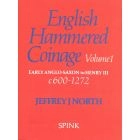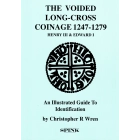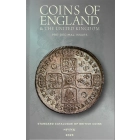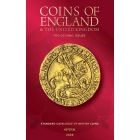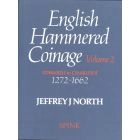We use cookies to make your experience better. To comply with the new e-Privacy directive, we need to ask for your consent to set the cookies. Learn more.
British Celtic Coins: Art or Imitation?
The population of pre-Roman Britain remains a puzzle, shaped by conflicting narratives from contemporary Roman colonists and more recent Celtic nationalists who, in equal measure, both vilify and glorify them. As our understanding deepens, certainty eludes us: should we categorize them as 'Celtic peoples'? Were they organized into the 'tribes' that later formed Roman administrative districts (civitas)? Beyond a few well-known names like Cunobelinus (Shakespeare’s Cymbeline), were they led by 'kings' or 'chieftains'?
The coins from this era add another layer of controversy. Britain was a latecomer to coinage, initially importing coins from the Gallo-Belgic continent and then emulating Macedonian-inspired prototypes. Britain continued to produce coins longer than the continent, eventually incorporating themes and imagery from Rome. These bookends of external influence have led some to dismiss the coins of pre-Roman Britain (and 'Celtic' coins in general) as inferior. However, a compelling counterargument emerges when examining the coins themselves, explored through the theme of Art or Imitation? What we discover is an extraordinary variety and originality that strongly advocates for their collection and study.
About author:
Tim Wright is a collector of ancient coins. His initial interest was in the Greek coins of Magna Graecia and Republican Rome, but he is now focused on the coins of pre-Roman Britain.
| Brand | Spink |
|---|---|
| Author | Tim Wright |
| Pages | 144 |







